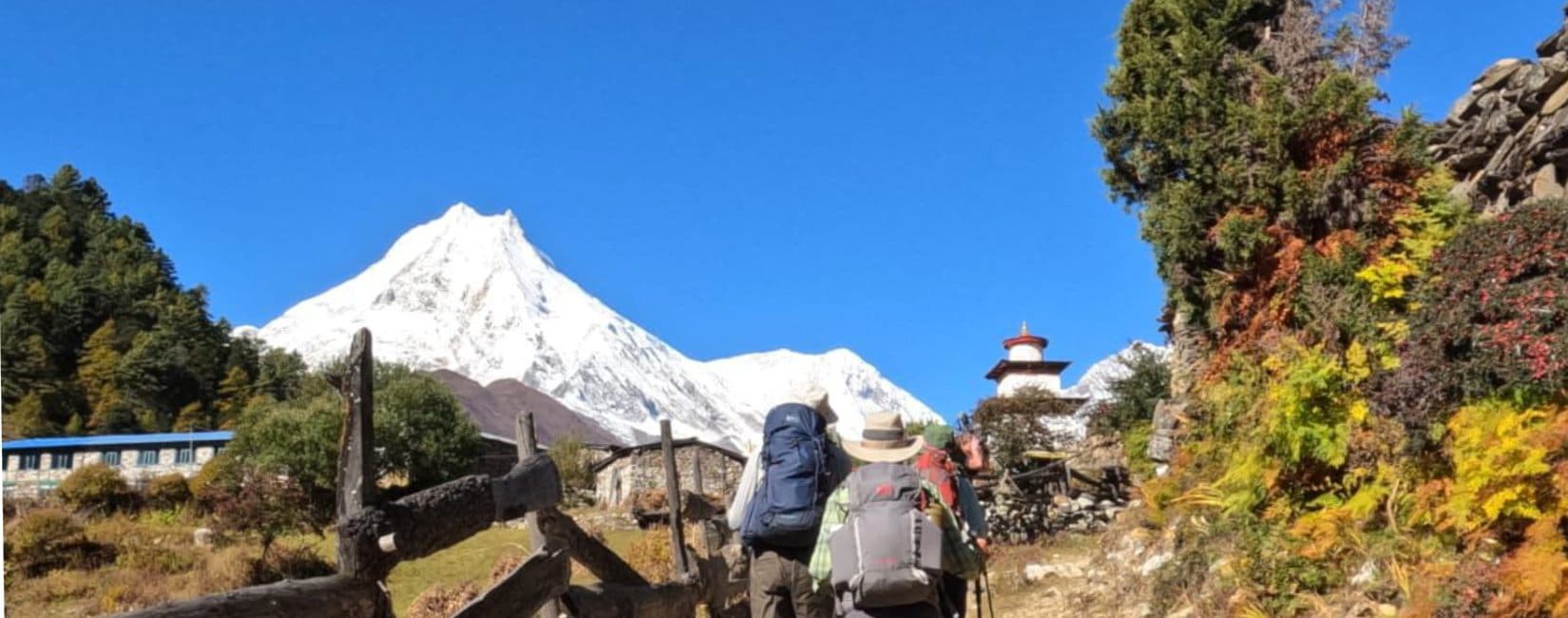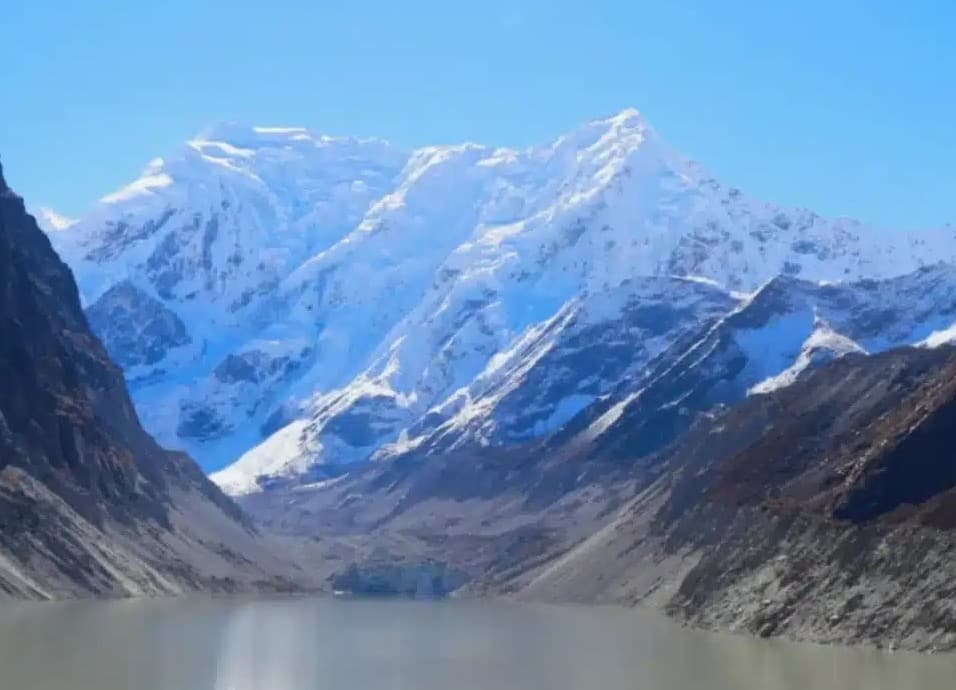Chhayanath National Park
Nepal is famous worldwide for its breathtaking mountains, beautiful valleys, and rich biodiversity. Among its greatest treasures are the national parks, which protect the country’s unique flora and fauna and support eco-tourism. In 2025, Nepal officially declared its 13th national park — Chhayanath National Park, located in Mugu District of Karnali Province. This announcement has drawn national and international attention, as the new park lies in one of the most remote yet naturally and culturally rich corners of the country.
In this blog, we will take a deep dive into everything you need to know about Chhayanath National Park — from its location and significance to its wildlife, culture, travel routes, trekking itinerary, and tourism potential.
Introduction: Nepal’s Commitment to Conservation
Nepal has long been recognized as a global leader in wildlife conservation. From protecting the endangered one-horned rhinoceros in Chitwan to conserving snow leopards in the high Himalayas, Nepal has consistently prioritized sustainable development through its protected areas.
The creation of Chhayanath National Park in 2025 shows the government’s continued commitment to conservation. Before its establishment, the area was part of Shey-Phoksundo National Park. However, local communities in Mugu had to travel long distances — sometimes walking a week or more — to access park services in Dolpa. To solve this and to strengthen protection in the region, the government carved out the northern Mugu region and declared it a separate park.
Location and Geography
Chhayanath National Park is located in Mugum Karmarong Rural Municipality, Mugu District of Karnali Province. The park covers approximately 843 square kilometers of core area and 177 square kilometers of buffer zone. It lies near the border with Tibet and is surrounded by some of Nepal’s most pristine and untouched Himalayan landscapes. The geography of the park is truly spectacular. Towering snow-capped peaks guard hidden valleys, while glaciers, rivers, and high-altitude pastures make up the terrain. Because of its trans-Himalayan position, the climate is dry in some areas and alpine in others, creating a unique ecosystem.
Why the Name “Chhayanath”?
The park is named after Chhayanath Dham, a revered pilgrimage site in Mugu. For centuries, this high-altitude sacred place has been associated with spirituality, faith, and cultural heritage. By naming the park after Chhayanath, the government highlights both the natural and cultural importance of the region.
Importance of Chhayanath National Park
The establishment of Chhayanath National Park is significant in many ways:
-
Conservation of Rare Species
The park protects endangered animals such as snow leopards, blue sheep, musk deer, wild yak, Tibetan wild ass (kiang), and Himalayan tahr. It is also home to Nepal’s national bird, the Danphe, along with many migratory birds. -
Community Access and Services
-
Local people of Mugu no longer need to travel to Dolpa for park-related services. Management offices and facilities will be based within Mugu, making conservation efforts more community-centered.
-
Tourism Development
As Nepal’s newest national park, Chhayanath has the potential to attract domestic and international tourists interested in trekking, cultural exploration, and wildlife photography. -
Cultural Preservation
The park lies in an area heavily influenced by Tibetan Buddhism and Bon traditions. Protecting this land helps safeguard not only nature but also unique Himalayan culture. -
Strategic Value
Located near Nepal’s northern border, the park holds geopolitical and environmental importance for managing water resources and conserving fragile high-altitude ecosystems. -
Biodiversity of Chhayanath
Flora
Due to variations in altitude, the park features alpine meadows, high-altitude shrubs, and patches of coniferous forests. Medicinal herbs like yarsagumba, jatamansi, and kutki are found here, which are highly valuable for local livelihoods.
Fauna
Chhayanath National Park shelters several rare and endangered species, including:
- Snow leopard – the elusive predator of the high Himalayas.
- Blue sheep (naur) – main prey of the snow leopard.
- Musk deer – hunted illegally for its musk pod, making conservation vital.
- Tibetan wild ass (kiang) and chiru – iconic high-altitude species.
- Wild yak – representing ancient Himalayan biodiversity.
Avifauna
The park is home to colorful birds like Himalayan monal (Danphe), kalij pheasant, and various raptors. During migration seasons, several rare bird species also visit the region.
Culture and People
The people of Mugu, especially in Mugum Karmarong, follow Tibetan-influenced traditions. Many are Buddhists or Bon followers. Monasteries, prayer flags, and chortens decorate the landscape, blending culture with nature. Agriculture and livestock herding remain primary livelihoods, and forests provide timber, fuelwood, and medicinal plants.
By establishing Chhayanath National Park, the government ensures that development and conservation go hand in hand, benefiting both nature and local culture.
How to Reach Chhayanath National Park
Reaching Mugu is an adventure in itself. Because of its remote location, travelers must combine flights and trekking or overland journeys.
Option 1: Flight + Short Trek
- Kathmandu → Nepalgunj (50 min flight).
- Nepalgunj → Talcha Airport (40 min flight).
- From Talcha, it’s a trek or short jeep ride to Gamgadhi, the district headquarters, and onward toward Pulu, the entry point to Chhayanath.
- option 2: Road Journey
Overland travel is possible via the Karnali Highway from Nepalgunj to Kalikot and then up to Gamgadhi. The journey is long, rough, and seasonal, but it offers stunning views of the Karnali region.
Suggested Trek Itinerary for Chhayanath National Park (10 Days)
Day 1: Kathmandu → Nepalgunj (Flight)
Take a short flight from Kathmandu to Nepalgunj in the western Terai. Spend the evening preparing for your Himalayan adventure.
Day 2: Nepalgunj → Talcha (Flight) → Gamgadhi (Short Trek/Drive)
Fly to Talcha Airport, the gateway to Mugu. From here, take a short drive or trek to Gamgadhi, the district headquarters.
Day 3: Gamgadhi → Pulu (Trek/Jeep)
Travel towards Pulu village, the administrative center of Mugum Karmarong Rural Municipality and the main entry point to Chhayanath National Park.
Day 4: Pulu → Kimri/Riusa Villages
Begin your trek through scenic valleys, alpine meadows, and traditional settlements. Overnight in Kimri or nearby villages.
Day 5: Side Trip to Dolphu Valley
Take a day to explore Dolphu Valley, rich in Tibetan-influenced culture and stunning Himalayan landscapes.
Day 6: Kimri → Chhayanath Dham (Pilgrimage Site)
Make a challenging but rewarding trek to the sacred Chhayanath Dham, a cultural and religious highlight of the park. Camp overnight in the area.
Day 7: Exploration Day in Chhayanath National Park
Spend the day spotting wildlife like blue sheep or even the elusive snow leopard. Enjoy bird watching and interactions with local communities.
Day 8: Chhayanath Dham → Pulu
Retrace your steps back to Pulu. Overnight stay.
Day 9: Pulu → Gamgadhi → Talcha
Trek or take available jeeps back to Gamgadhi and then to Talcha Airport.
Day 10: Talcha → Nepalgunj → Kathmandu (Flights)
Fly back to Nepalgunj and connect to Kathmandu, completing your journey to Nepal’s newest national park.
Best Time to Visit
The ideal time to visit Chhayanath National Park is spring (April to June) and autumn (September to November). These months bring stable weather, clear skies, and accessible trails. Winters are extremely cold, while monsoon months can make travel difficult.
Tourism Potential
As the newest national park in Nepal, Chhayanath offers unique opportunities for eco-tourism:
- Trekking routes that connect to Rara Lake and even Dolpo.
- Cultural tourism based on monasteries, festivals, and traditional lifestyles.
- Adventure tourism such as camping, photography, and wildlife observation.
- Pilgrimage tourism to Chhayanath Dham.
With proper infrastructure and sustainable management, the park could become one of Nepal’s most attractive Himalayan destinations.
Challenges and Future Prospects
Despite its potential, Chhayanath faces challenges:
- Limited infrastructure such as roads, lodges, and communication.
- Harsh weather conditions at high altitude.
- Human-wildlife conflict and illegal hunting.
- Pressure on forests due to firewood collection and overgrazing.
However, with government attention, community involvement, and eco-tourism promotion, these challenges can be managed. The park has the capacity to balance conservation and development while offering global recognition to Nepal.
Conclusion
The establishment of Chhayanath National Park in 2025 marks a new milestone in Nepal’s conservation journey. Situated in remote Mugu, this park protects rare Himalayan species, supports local communities, preserves cultural heritage, and opens doors for sustainable tourism.
It is not just a national park — it is a symbol of Nepal’s dedication to protecting nature while empowering people. For travelers, adventurers, and researchers, Chhayanath represents an unexplored paradise waiting to be discovered.










